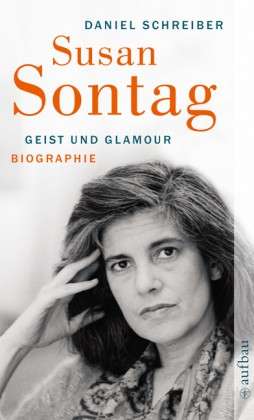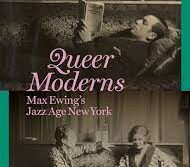 Susan Sontag: A Biography
Susan Sontag: A Biography
by Daniel Schreiber
Translated by David Dollenmayer
Northwestern University Press. 280 pages, $35.
SUSAN SONTAG (1933-2004) has been described as one of America’s first “celebrity intellectuals”—as well as one of its last ones. Because she packed so much into her 71 years, no biography has yet been written that can really do her justice. Daniel Schreiber, a Berlin-based journalist and critic, originally published this biography in Germany in 2007 as Susan Sontag: Geist und Glamour. Translated from the German by David Dollenmayer as Susan Sontag: A Biography, the book is for the most part an engaging and fascinating life story, though it suffers from some inelegant phrasing and unnecessary over-explaining for an American audience.
Schreiber’s book is in fairly equal parts a straightforward biography, a critical analysis of some of Sontag’s novels and collected works (particularly On Photography, 1977, and Against Interpretation and Other Essays, 1967), and a distillation of interviews (some conducted for this book and some published in European magazines, reflecting the esteem in which Sontag was held outside the U.S.). Schreiber was able to mine, to excellent effect, the papers of Sontag’s hands-on publisher Roger Straus, who championed her work from 1961 onwards, keeping her in print, making sure she was reviewed in all the right places, getting her articles published in well-paying magazines (including, somewhat to her dismay, Playboy), introducing her to other writers early in her career, advancing her money, arranging for fellowships, and becoming her protector and father figure.
Sontag’s biological father had died when she was young, and she had no love at all for her mother Mildred, whom she referred to as “M.” Surprisingly for a biography that makes much of Sontag’s love of movies and deep knowledge about them, there’s no mention of the fact that “M” may have also been an allusion to Fritz Lang’s 1931 film M, which was about a child murderer.
When Sontag discovered Lionel Trilling in the pages of Partisan Review at age fifteen, she made up her mind to become an intellectual, move to New York, and write for that magazine. She was only derailed for a few years: she started college, married, and had a child, all before turning twenty. Sontag loved being a student at the University of Chicago, but it was as a graduate student at Oxford that her plans to become a writer crystallized. Schreiber offers an excellent analysis of her decision-making process, based on her descriptions of how she would act the part of the artist. By the mid 1960’s, she had her own place in the Warhol crowd, appearing with her young son David Rieff in one of Warhol’s screen tests and in the pages of The Nation, where she passionately defended the 1963 film Flaming Creatures, which was directed by Warhol’s friend Jack Smith and was considered pornographic at the time of its release.
At the end of the 1980’s, Sontag was elected president of the American PEN (Poets, Playwrights, Editors, Essayists, and Novelists) Center, whose mission is to promote freedom of expression around the world. Her most memorable moment at PEN, says Schreiber, occurred when a fatwa was issued against Salman Rushdie for his Satanic Verses (1988). Sontag offered unconditional support to Rushdie, encouraging American writers to come to his aid, and wrote numerous open letters on his behalf.
Although most of Sontag’s lesbian affairs—with writer and actress Harriet Sohmers, with playwright and director María Irene Fornés, with dancer and choreographer Lucinda Childs, and with photographer Annie Leibovitz—are summarized, this is not the place to find much information about her mostly closeted life. It would be fascinating to know more about each of these women’s influence on Sontag’s work, and her influence on theirs. It is notable, too, that Schreiber mentions several of Sontag’s heterosexual or bisexual male lovers. As Schreiber quotes from Sontag’s journals, her eclectic approach to both writing and sex were interconnected. “I intend to do everything,” she wrote in 1949.




